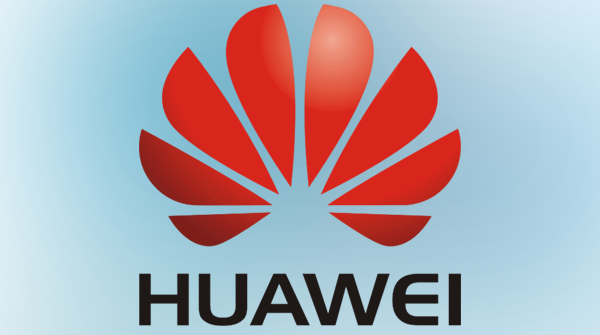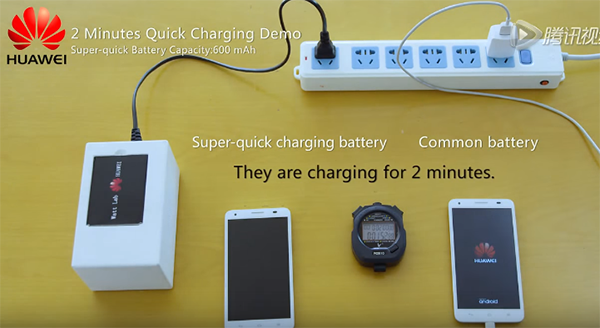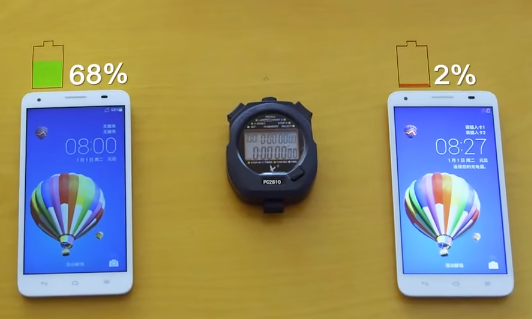Smartphone manufacturers are consistently working behind the scenes to introduce hardware into that market that ships with new and innovative, but ultimately mass appealing feature sets. We’ve recently seen Apple introduce the iPhone 6s and iPhone 6s Plus with pressure sensitive detection built into the display. The last twelve months have also witnessed a boom in devices that ship with biometric detection and fast-charging capabilities. Chinese manufacturer Huawei has latched onto the importance of being able to rapidly charge a device by introducing battery technology that accelerates the charging process.
Various manufacturers pushing out devices to the smartphone market have already jumped onboard with Qualcomm’s Quick Charge technology. There’s also the fact that the latest Nexus phones released into the market come with a fast charging mechanism via the recently introduced USB Type-C. Both of those integrations provide smartphone users with a dramatically enhanced experience. Considering we live in an age where devices are shipping with more and more features and capabilities, it makes perfect sense to be able to charge those devices faster as we place more drain on the power reserves.

The demonstration videos released by Huawei show a 600 mAh capacity battery alongside a 3000 mAh capacity battery. The super-quick charging batteries utilize the services of some bulky purpose built charging station rather than hooking directly into a power socket and the port on the device.

The smaller, 600 mAh lithium-ion battery receives a 68% charge in just two minutes. Given the fact that smartphones would generally ship with something that closely resembles the 3,000 mAh option, it’s more impressive to see the larger cell receiving a 48% charge in just five minutes in the second video. Something that would equate to approximately ten hours worth of calls.

So, for all of you science geeks out there who love nothing better than getting into the nitty gritty of how things work, just how has this been made possible? Huawei had this to say on the matter:
bond[ing] heteroatoms to the molecule of graphite in anode, which could be a catalyst for the capture and transmission of lithium through carbon bonds.
There’s no mention from the Chinese OEM on when we could actually start to see this tech shipping in smartphones. The company does however claim that the battery cells have been put through multiple testing stages, and that they continue to hold up to standards without decreasing the amount of energy that can be stored.
Huawei 2 Minutes Quick Charging Experiment
Huawei 5 Minutes Quick Charging Experiment
You can follow us on Twitter, add us to your circle on Google+ or like our Facebook page to keep yourself updated on all the latest from Microsoft, Google, Apple and the web.

